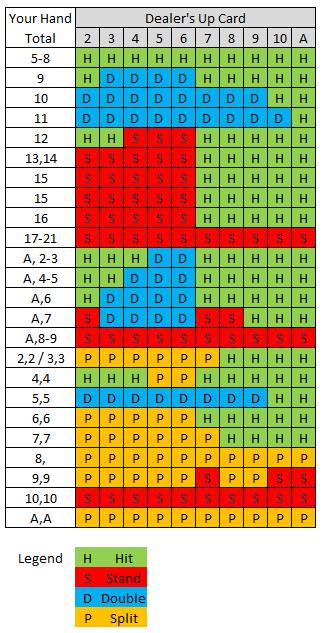Blackjack Dealer Stand Soft 17
The dealer hand will not be completed if all players have either busted or received blackjacks. The dealer then reveals the hidden card and must hit until the cards.
As a general rule, casino rules specify that dealers must draw on '16 or less' and stand on '17 and more'. In fact it states that right on the layout. However, when the dealer's 17 contains an ace that is counted as 11, the hand is known as a soft 17 (e.g. Ace, 6 or Ace 2, 4 are soft 17's). A 'soft 17' in blackjack. An ace and any combination of 6. Each game has a rule about whether the dealer must hit or stand on soft 17, which is generally printed on the table surface. The variation where the dealer must hit soft 17 is abbreviated 'H17' in blackjack literature, with 'S17' used for.
2-deck blackjack, also known as double-deck blackjack, is played with two decks and the dealer stands on a soft 17. The dealer deals the initial hand of two cards to the player face down. If the player hits after the original deal, their new card (or cards) will be dealt face up.
2-deck blackjack rules may be different from one casino to another. Make sure you are familiar with the rules and basic strategy, whether you are just out to enjoy a few hours of fun at a casino or you aspire to be a professional gambler.
Some casinos require dealers to stand on any hand that is worth a total of 17 points, whether soft (made up of an Ace counted as 11 plus a Six) or hard (a face card plus a Seven). If this rule applies, it will be indicated on the blackjack table layout, which will state: “Dealer Must Stand on all 17.”
Blackjack Soft 16
If the dealer is not required to stand on all 17, the table layout will say: 'Dealer Hits Soft 17.' In such a case, the dealer may hit whenever he or she has 17 consisting of an Ace together with a Six. When this rule is followed, it results in a slightly higher edge for the house.


Click for information on history, how to play, terminology/glossary, table layout and blackjack card counting.
I like to assume that anyone reading one of my posts is starting at zero. I’m not doing exactly that here, because I’m not explaining in detail all the rules of casino blackjack.
But I do want to draw the distinction between hard hands and soft hands.
Blackjack is a simple comparing game where the player and dealer each start with a two-card hand. The one with the higher total points for their hand wins the bet, but only if they keep theirtotal to 21 or below. A total of 22 or higher is an automatic loss.
The cards have points based on their rank. The numbered cards have the same number of points as their numbers: 2, 3, 4, 5, 6, 7, 8, 9, and 10. The face cards (jack, queen, and king) are alsoworth 10 points each.
The only exception is the ace. No one would blame you for thinking that an ace is worth 1 point. It is, in fact, in many situations, worth a single point.
But it’s also worth 11 points.
Blackjack Boat Dealer

Blackjack Soft 17
When you have a hand with no aces in it, you have a hard total. This means that the total is what the total is.

For example, if you have a jack and a 3, you have a hard total of 13. There’s no wiggle room there. That’s the total.
But if you have an ace and a 3, you have a soft total. That’s because the ace counts as 11, but if you get a card that would otherwise give you a total of 22, you can count it as a 1 instead.
With an ace and a 3, you have a soft 14. If you hit that hand and get a 10, you have a hard 14. (Any hand where the ace must be considered 1 point to avoid busting is also considered a hardhand.)
The strategy for a player with a soft hand as opposed to a hard hand is significantly different. Since you have that added layer of protection from busting, the right move is often to play a softtotal more aggressively.
But when we talk about a soft 17 “rule” in blackjack, we’re talking about how the dealer plays his hand.